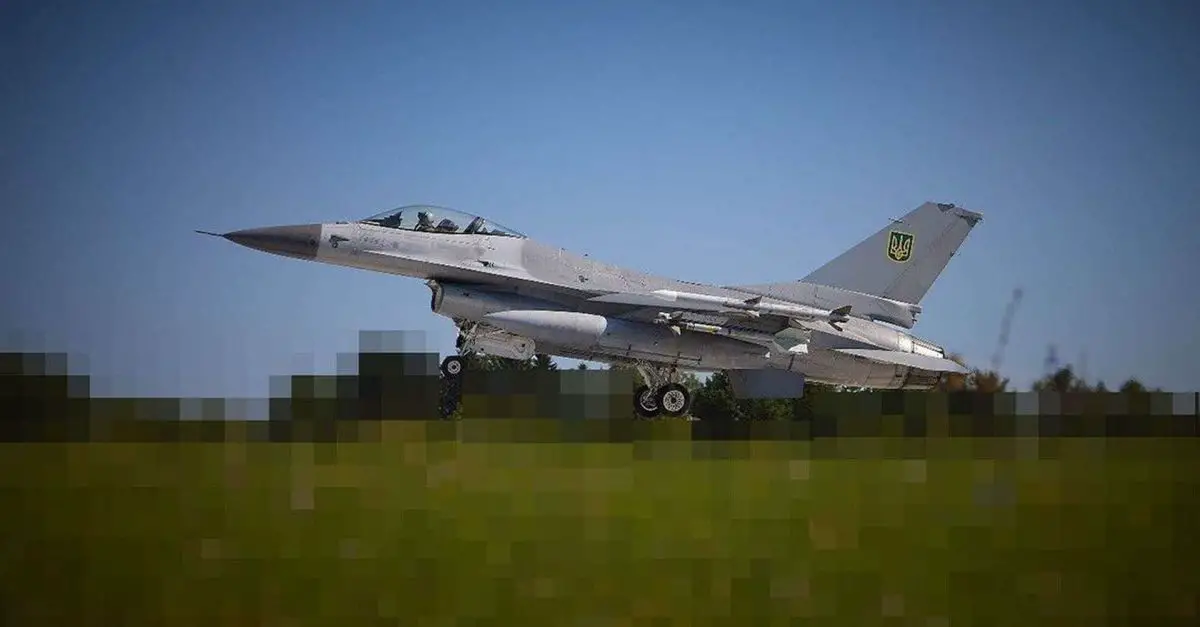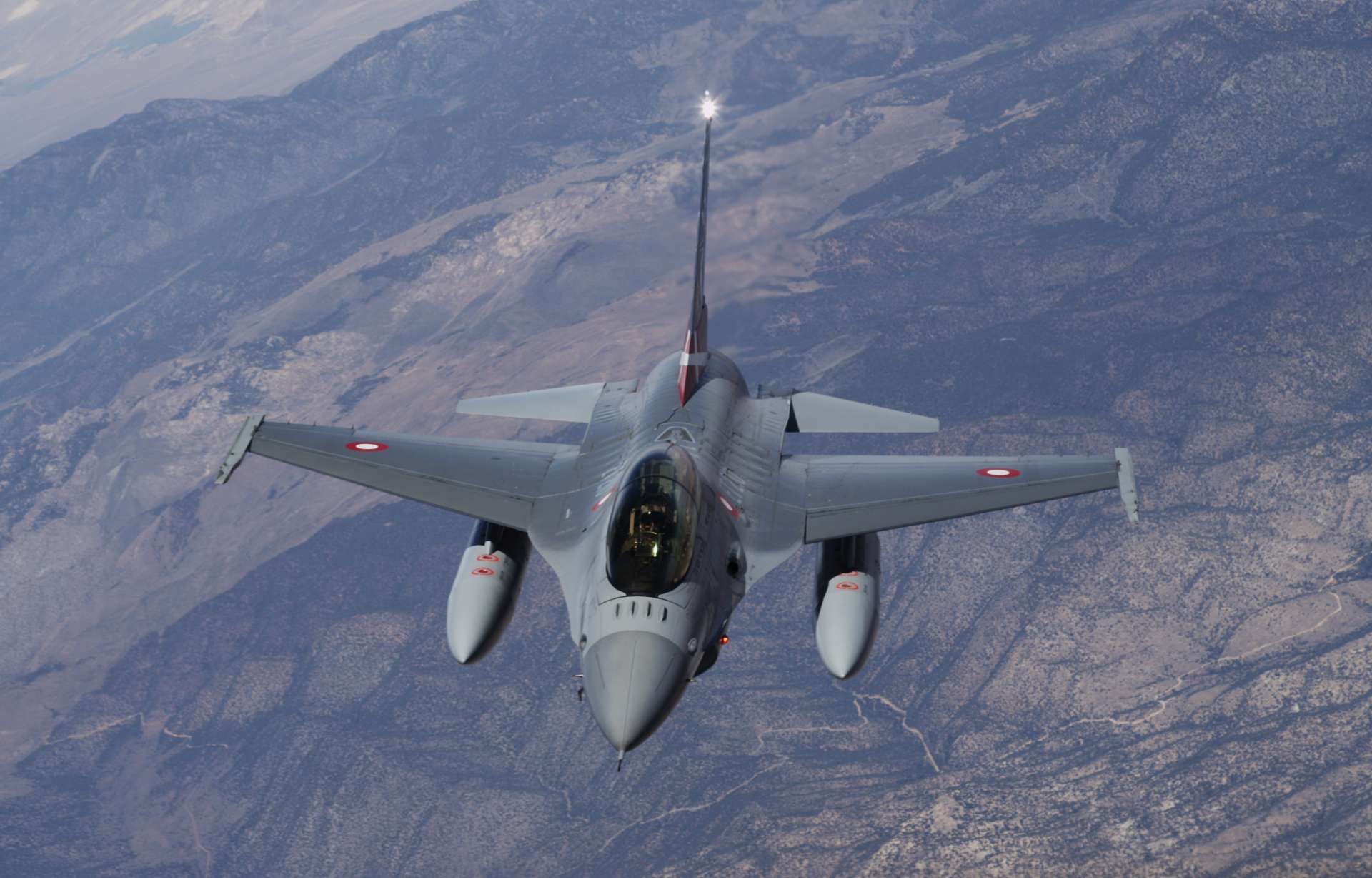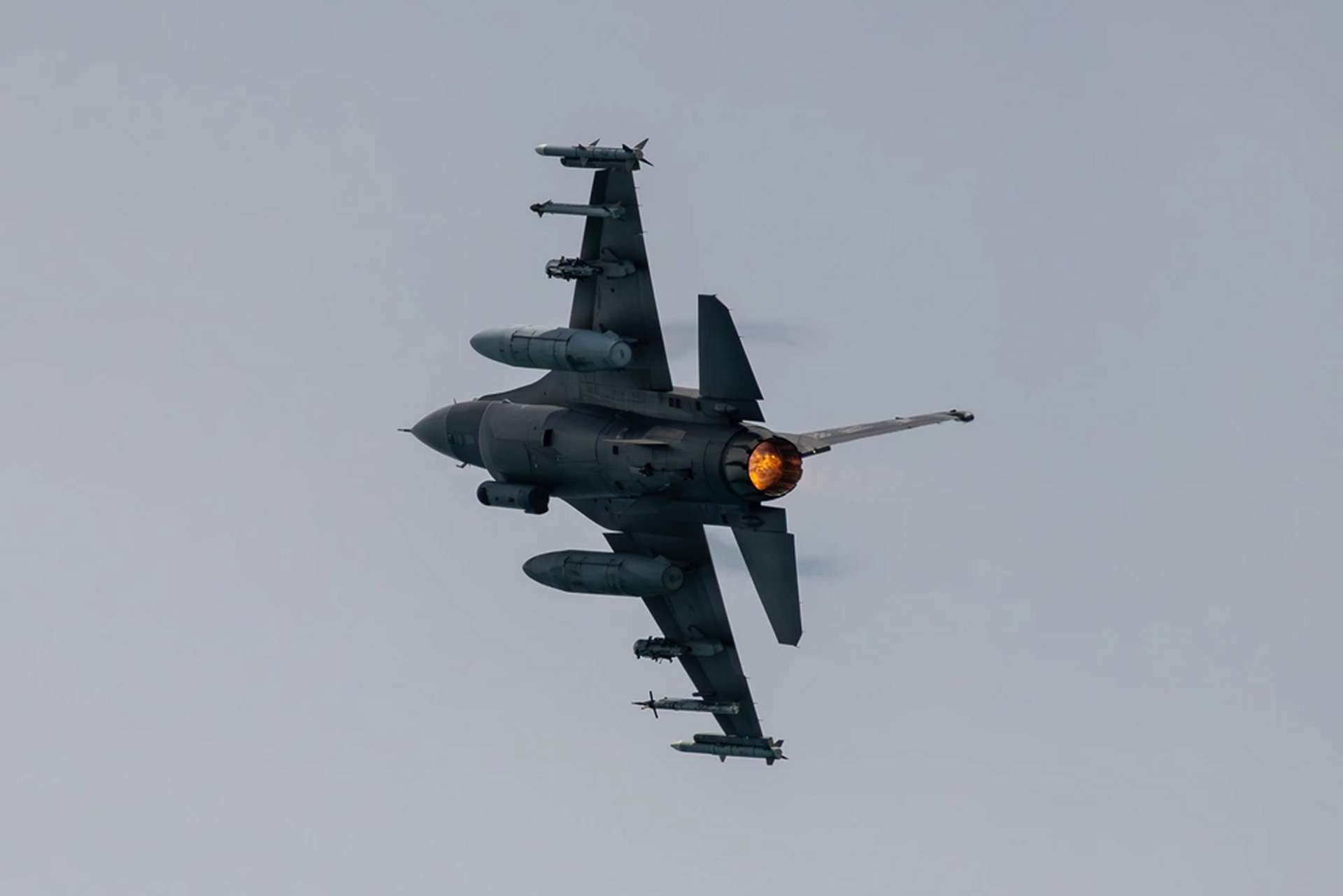Breaking News
Ukraine's new F-16s receive secret US electronic warfare systems to counter Russian threats.
On August 26, 2024, the United States Department of Defense reported that the 68th Electronic Warfare Squadron (EWS), a unit of the 350th Spectrum Warfare Wing based at Eglin Air Force Base, Florida, has been actively involved in enhancing the electronic warfare (EW) capabilities of Ukraine's new F-16 fighters. This initiative is connected to the planned transfer of F-16s from Denmark, Norway, and the Netherlands to Ukraine, following an announcement by U.S. Secretary of State Antony Blinken at the NATO Public Forum.
Follow Army Recognition on Google News at this link

The electronic warfare systems on these Ukrainian F-16s were not part of the U.S. inventory, presenting a significant challenge for the 68th Electronic Warfare Squadron. (Picture source: Ukrainian Air Force)
The 68th Electronic Warfare Squadron (EWS) is recognized for its role in developing, testing, and delivering full-spectrum electromagnetic warfare support for U.S. forces and allied nations. The ongoing conflict between Ukraine and Russia has underscored the importance of controlling the electromagnetic spectrum, as both sides have employed electronic warfare techniques, including jamming and spoofing, to gain an advantage.
With the anticipated delivery of F-16s to Ukraine, the need arose to ensure that these aircraft were equipped with EW systems capable of addressing current Russian threats. The EW systems on these F-16s, however, were not part of the U.S. inventory, presenting a significant challenge for the 68th EWS. The squadron was tasked with reprogramming these systems to ensure their effectiveness in the current conflict environment.
The 68th EWS faced a twofold problem: the unfamiliarity with the specific EW system on the F-16s destined for Ukraine and the tight timeline required to meet the delivery schedule. Despite the complexity of the task, the squadron undertook the challenge, bringing together a team of experienced and newer engineers to address the reprogramming requirements. Their initial focus was to gain a thorough understanding of the unfamiliar system, utilizing data provided by Denmark and Norway.

Over 60 F-16s have been pledged by various countries to Ukraine, including Denmark, the Netherlands, Norway, and Belgium. (Picture source: Lockheed Martin)
After establishing a foundational understanding of the system, the 68th EWS opted to send team members overseas to work directly with coalition partners in a partner-nation laboratory. This approach, which deviated from the squadron’s usual procedures, allowed for the collaborative development and testing of the reprogrammed system.
The director of the 68th EWS noted that the team’s ability to quickly comprehend and reprogram the system in coordination with international partners was a significant achievement. The collaboration not only facilitated the necessary testing and verification of the EW systems for Ukraine but also led to improvements in the reprogramming processes for all parties involved.
Ukraine is now being integrated as an official foreign military sales (FMS) case for the 68th EWS, which will provide ongoing reprogramming support based on feedback from Ukrainian forces. This case differs from traditional FMS cases, as it allows for the collection of combat-tested data rather than data derived solely from training environments, potentially leading to enhancements in EW capabilities.

Russia has responded to the arrival of the F-16s with warnings, stating that any Western airbases hosting these jets could be targeted, including those in NATO member states like Poland and Romania. (Picture source: US DoD)
The 68th EWS is preparing to add Ukraine as the 31st partner nation it supports, which would further enhance the cooperative capabilities of the U.S. and its allies in the electromagnetic spectrum. The director of the 68th EWS emphasized the importance of coalition partners operating with aligned strategies in conflicts involving near-peer adversaries. The integration of reprogrammed EW systems into Ukrainian F-16s, while not sufficient to achieve air dominance alone, could provide crucial moments of air superiority needed to accomplish strategic objectives.
On July 31, 2024, the first batch of F-16 fighter jets from NATO allies arrived in Ukraine, with six aircraft delivered from the Netherlands. In addition to these initial deliveries, over 60 F-16s have been pledged by various countries, including Denmark, the Netherlands, Norway, and Belgium. Denmark has committed to providing 19 jets, the Netherlands 24, and Norway six, with further deliveries expected in the near future. These jets are intended to enhance Ukraine’s air defense capabilities amid ongoing conflict with Russia.
The delivery of these F-16s follows a series of diplomatic and military efforts led by Ukrainian President Volodymyr Zelenskiy, who has consistently requested advanced Western fighter jets to counter Russia's air capabilities. The U.S. decision in May 2023 to approve the transfer of these aircraft, following extensive discussions with NATO allies, was a key moment in this process. Ukrainian pilots have since been trained in various NATO countries to operate these jets, as part of an international effort to support Ukraine’s defense needs.
Russia has responded to the arrival of the F-16s with warnings, stating that any Western airbases hosting these jets could be targeted, including those in NATO member states like Poland and Romania. In light of these threats, Ukraine has maintained ambiguity about the deployment and operational status of the aircraft. Concurrently, Russia has increased its attacks on Ukrainian airfields in an effort to undermine Ukraine’s ability to utilize the F-16s. Ukraine is working to protect these assets and integrate them into its broader defense strategy against Russian military operations, which also include the use of inflatable decoys.


























